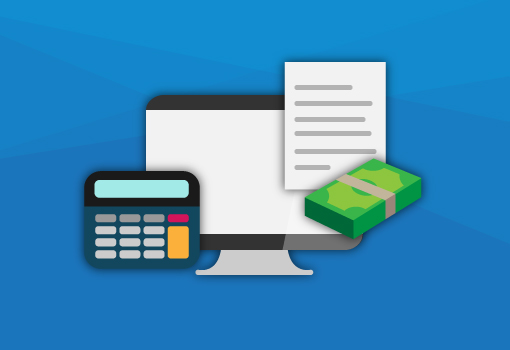Whether you’re a business getting STP compliant early or one who’s starting the search after a deferral, here are five things to know.
1. How to count your employees for STP
Counting employees is required to work out when you need to be compliant with STP. Businesses under 20 employees have until the 1
st of July 2019 to comply, whereas businesses with 20 or more employees have been required to report using STP since the 1
st of July 2018.
You'll need to include the following in your headcount:
- Full time employees
- Part time employees
- Casual employees who are on your payroll on 1 April and worked any time during March
- Employees based overseas
- Any employees absent or on leave (paid or unpaid)
- Seasonal employees (staff who are engaged short term to meet a regular peak workload, for example, harvest workers).
And don't include these in your headcount:
- Employees who ceased work before 1 April
- Casual employees who did not work in March
- Independent contractors
- Staff provided by a third-party labour hire organisation
- Company directors
- Office holders
- Religious practitioners.
If your organisation is part of a company group, all employees employed by all member companies of the wholly-owned group must be included.
2. Businesses with 19 employees or less
If your organisation has 19 or less employees, STP reporting has been made mandatory from the 1
st July 2019.
3. What STP means for your employees
Although STP mainly affects employers, there are certain things your employees should be aware of. The Government suggests you inform your employees that you’re no longer required to provide them with a payment summary. Under STP, they will be able to view their payment summary, now called ‘income statement’, in their myGov accounts, at the end of the financial year.
4. Maintaining security of your payroll data
With STP, you are required to report sensitive information of your employees to the ATO on every pay run, such as their salaries, allowances, pay as you go (PAYG) withholding and superannuation. Therefore security should be a top priority.
When searching for an STP solution provider, check they adhere to rigorous security requirements. These include having a recognised security certification (such as ISO 27001), complying with the ATO’s Operational Framework and being whitelisted for STP by the ATO.
5. Australia isn't the first country to implement STP
There have been similar initiatives implemented in other countries, such as the PAYE RTI, implemented in the UK in 2013. According to a UK Government research, there have been positive changes to the reporting experiences of employers.
80% employers found end of year (EOY) reporting under RTI easier than or in line with their expectation, with 91% expecting the next EOY to be easier than in 2013.
75% of employers experienced minimal burden at EOY with RTI.
67% said that RTI has been very easy or fairly easy to deal with.
As a sending service provider (SSP), MessageXchange has worked with a number of payroll software companies to provide a secure gateway for customers to achieve STP compliance. If you are using one of
these providers, we’ve got you covered. And even if your payroll software is not listed there,
let us know and we can help get you STP ready.
Ready to go? Request a quote
here.
Need more info?
Download our comprehensive guide to achieving Single Touch Payroll (STP) compliance.







